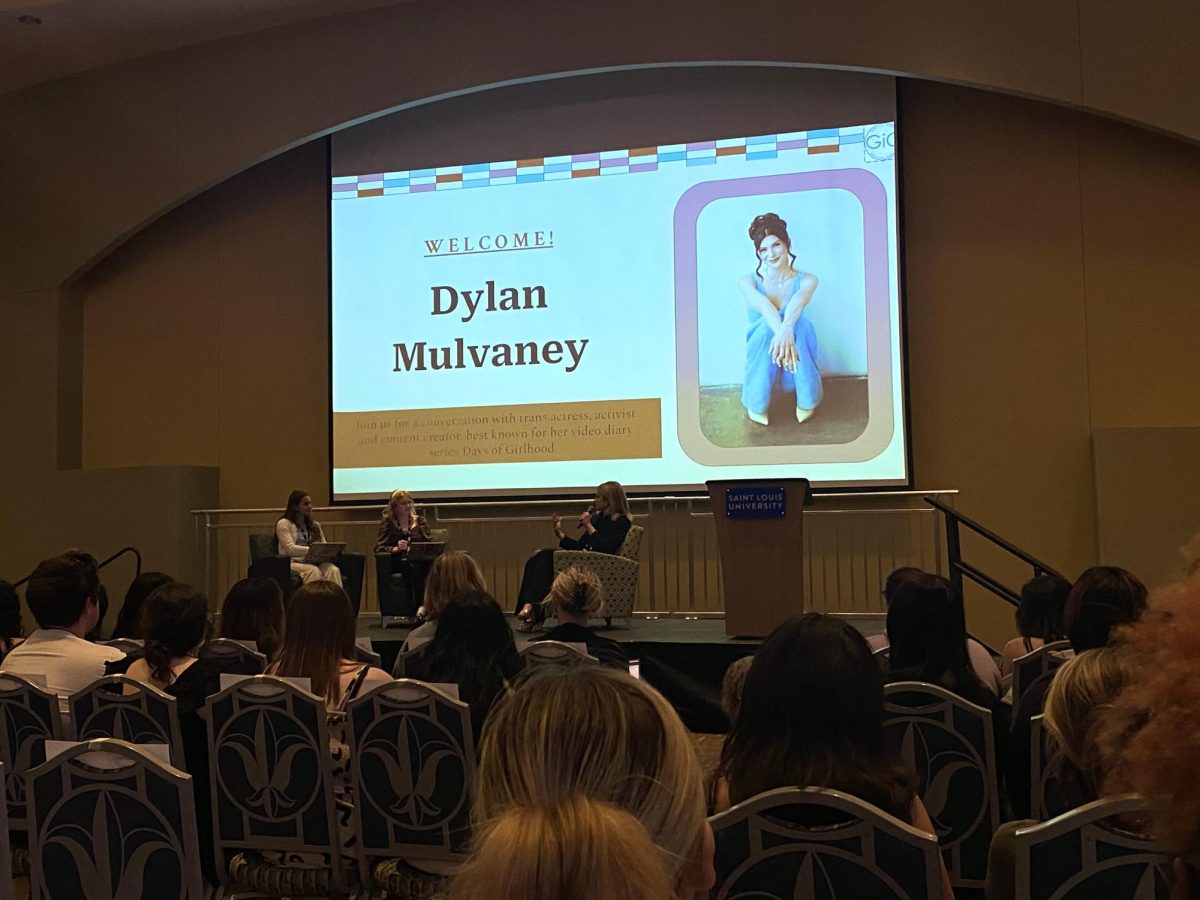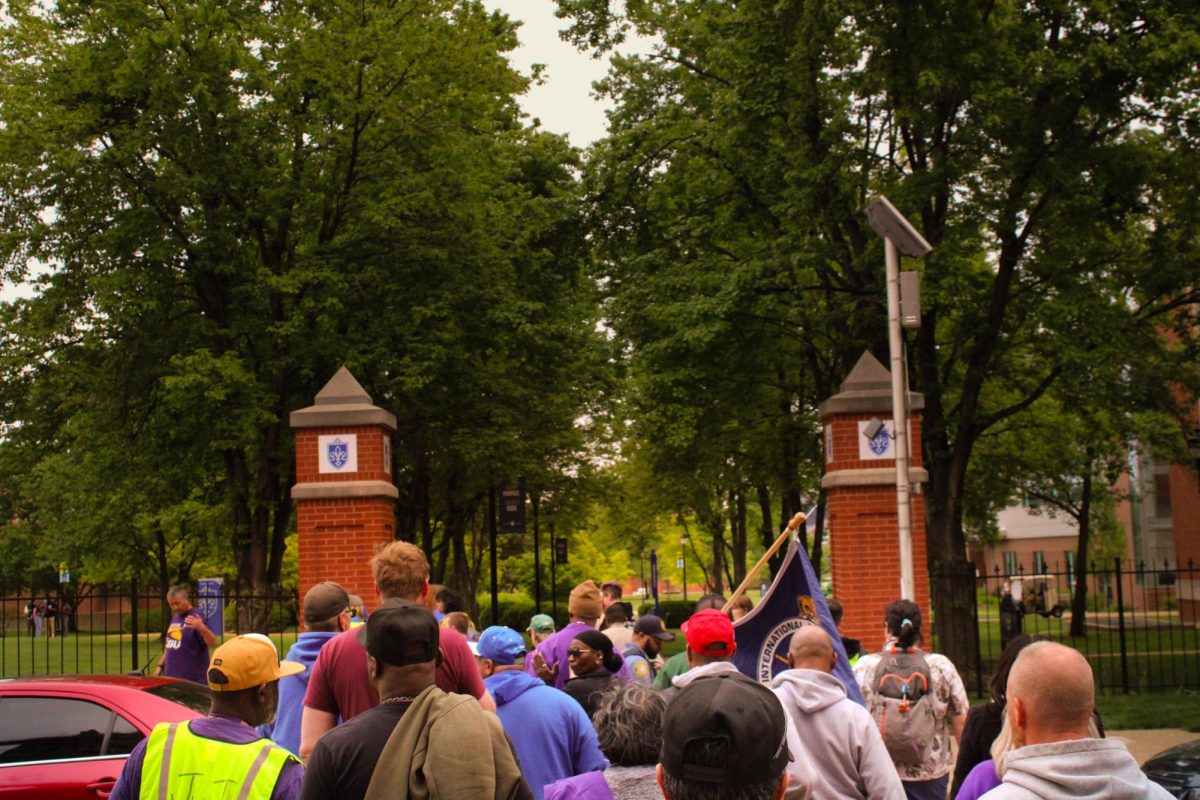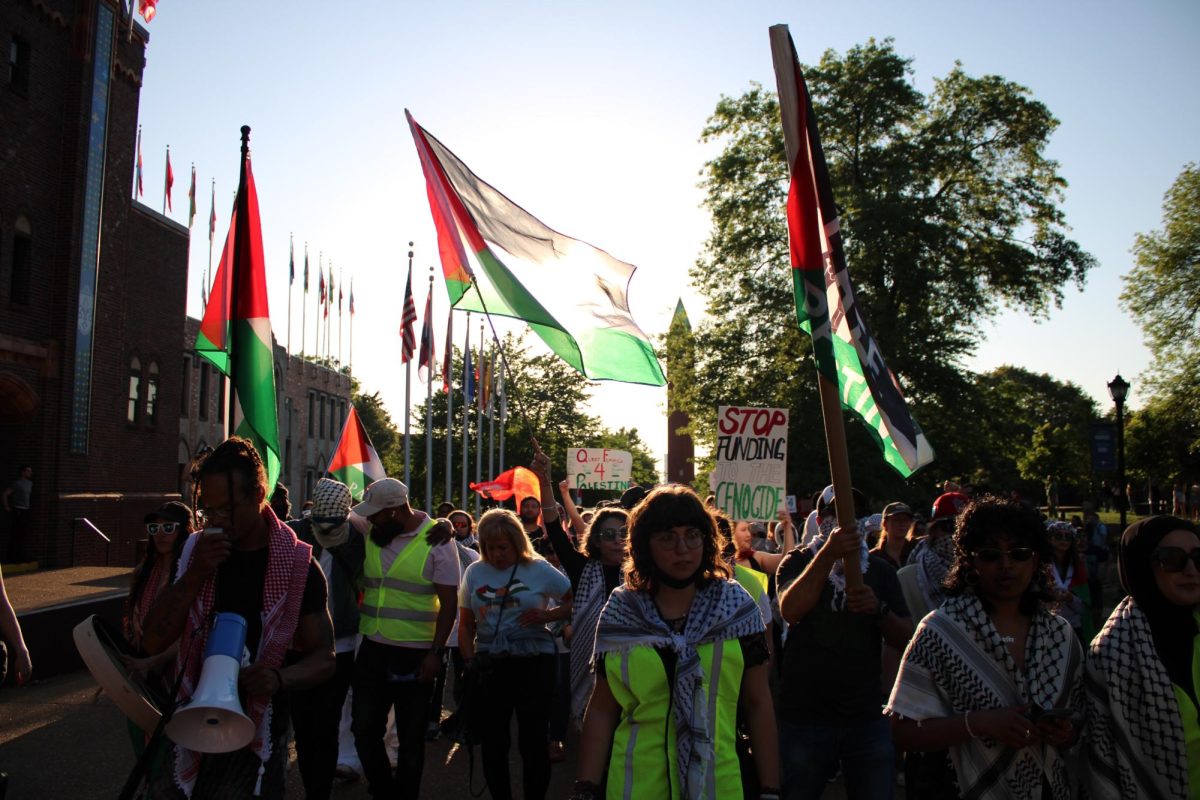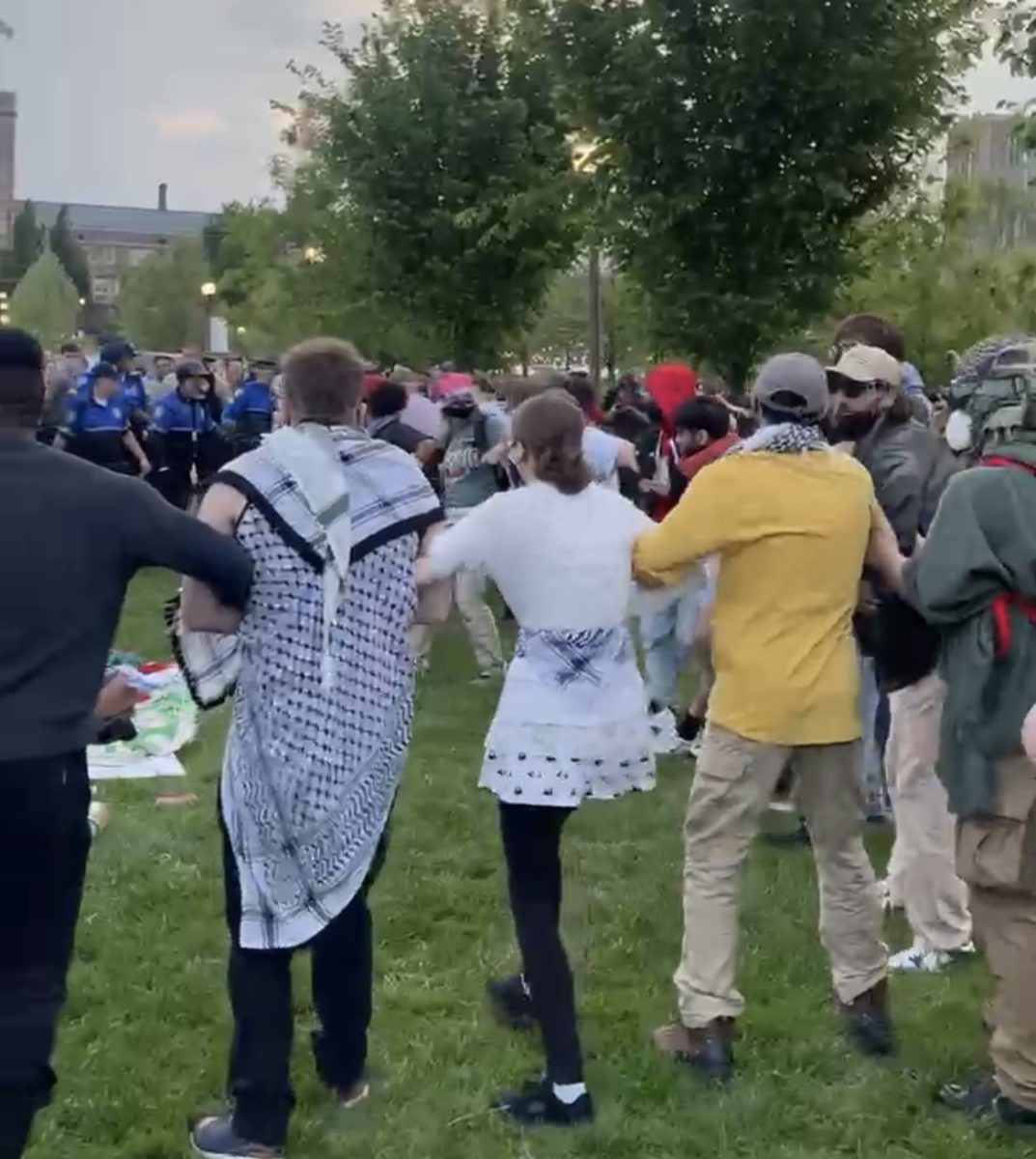The medical field and the military have shared a close relationship for centuries. Today, military medicine is again advancing with the introduction of the Center for Sustainment of Trauma and Readiness Skills (C-STARS) program at Saint Louis University Hospital.
The program consists of an intensive two-week training in trauma and combat medicine. SLU trauma physicians, such as Jeffrey Bailey, M.D., serve as the instructors. He is medical director of the program, a U.S. Air Force Major and an assistant professor of surgery at SLU Hospital.
Additionally, it currently boasts a three-stage program, including four hours of didactics, six to eight hours of simulation, and a main focus in clinical hospital work. Four instructors–consisting of one nurse, one EMT, one physician’s assistant and Bailey–serve as the primary source of learning for the military personnel in the program.
“After the Gulf War, the Department of Defense realized a significant proportion of the physicians, nurses and medics sent to the war zone lacked experience in the field of trauma care,” Bailey explained, stating that the smaller hospitals where most people train do not provide the type of exposure that SLU Hospital does. SLU Hospital is the only certified Level I trauma center in Illinois and Missouri.
Major Robert D. Bell, P.A.-C, spoke of Michael Hayek, M.D., whose idea spurred the inception of the program: “Back in the mid- 1990s, he identified a need for refresher training … that’s when the concept really started.” After briefing the surgeon general at that time, the Trauma Life Support program was started. “It was sort of suboptimal because they don’t see a lot of really penetrating trauma or wartime injuries.”
That surgeon general had promised Hayek active duty Air Force resources dedicated to the program. Bell said, “At about the same time, they did a survey on Saint Louis University and they determined that this would be a very good place to bring the program,” partly due to the fact that “the type of patients they receive here are more the Level I type patients.” Level I trauma includes penetrating injuries, such as knife and gunshot wounds.
Hayek passed away in the fall of 2002 of a heart attack, but prior to that, the surgeon general had asked Bailey, who was completing his trauma fellowship at the time, to take over the program. As the program’s leadership transitioned from Hayek to Bailey, it underwent a name change as well, switching to C-STARS.
Originally started in SSM DePaul Hospital in North County, the program relocated to the city for the increase in exposure. The collaboration also includes the efforts of the St. Louis Fire Department and the Air Rescue Consortium of Hospitals (ARCH).
Current student, Scott Jonason, P.A. and captain in the Oregon Air National Guard, is army-trained, practicing for nine years now in primary care and urgent care medicine. “I think for me, as a physician assistant in the Air National Guard, we have certain skills that we’re expected to keep up on … A lot of those skills, I don’t get the chance to see in primary care,” Jonason said. “Putting in a chest tube, putting in a central line, doing a pericardiocentesis are things that I don’t do in family practice.”
The program also gives insight into other nuances of medicine aside from trauma. Jonason said, “We just went through this simulation lab here where we’ve got this physiologically active dummy, basically. They put in a scenario, and it reacts to things that we do to it. And, one of the things that’s really hit home there, at least in my mind, is the machinery.”
Another student, Thomas R. Hatcher, works in a bank in his civilian job, is a master sergeant in the Delaware Air National Guard and is an aeromedical evacuation technician who has a different perspective. “I’m basically just the opposite, because the things we had in the simulation lab I use basically every day, but the hospital equipment is what I need to work on, because a lot of their stuff is totally different from what we use in the field.”
As for the future of the program, Jonason predicts, “This will become a required rotation … I’ve been in the field for 17 years, and this is probably the best medical training that I’ve had outside of school.”
Bailey said that it currently is required for certain career fields, on a 15-month cycle. “This type of program is something the military services are looking to enhance their casualty care skills training, and I think they are going to need to look and see how well these three programs are able to meet that need. If they think the need is more than we’re able to meet, just in terms of sheer volume of people that need to be trained, I suspect there’ll be more emphasis or more initiative to expand the program to other sites.” Nelson adds, “Right now, the program is meeting our needs.”
In response to the same inquiry about the currently small numbers, Jonason replied, “This is the fourth rotation, and there are a lot deployed and those that are not deployed are needed wherever they are. Future classes have larger numbers.” In speaking of current nonmilitary medical professionals, he adds: “They’re wonderful professions in their own right, but for what the military needs them for, they really need to get some more experience, and that’s what this is for.”
Bailey agrees. “It’s nice for units to be able to come as a group and train together because they deploy together. So they have the opportunity to go through a program like this as a team and then take that experience and translate into their real world,” he said.
Bailey also draws attention to the significance of military medicine to public health, saying what people today consider normal everyday things were born on the battlefields of Korea and Vietnam, translating much from the battlefield environment to the civilian environment. Nelson pointed out that the Civil War was the first war where casualty collection was modernized, World War I saw the emergence of plastic reconstructive surgery, and World War II featured the development of antibiotics, such as sulfa, penicillin, while work in the Pacific saw the advancement of tropical medicine.
The medical director of SLU Hospital’s trauma services, Lonnie Frei, M.D. cites that SLU’s program is unique in its inclusion of Air Force Personnel–“The C-STARS program is of value to the larger community in that we are preparing physicians to care for the victims of trauma, whether on the battlefield or on home turf. Its value to the local community is a recognition of the excellent surgical program here at Saint Louis University.”






